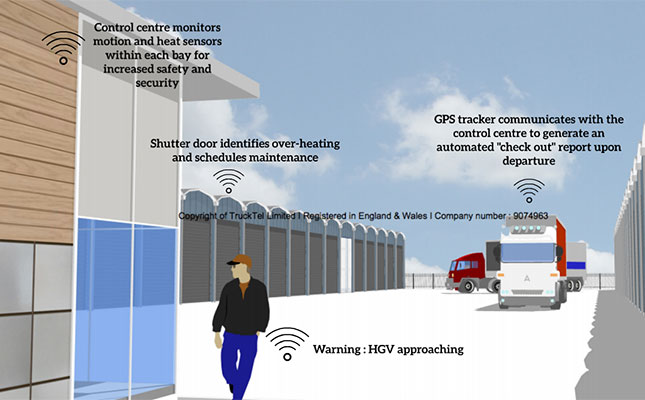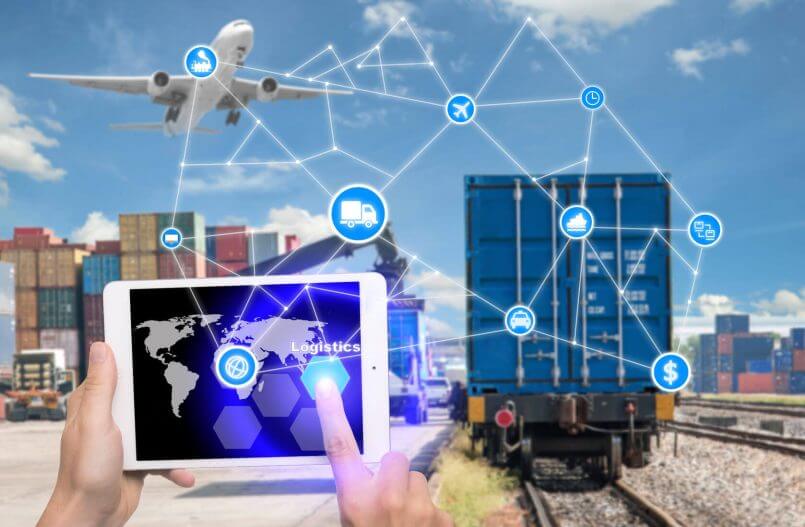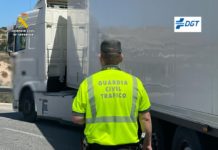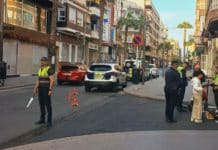How to Understand Different Categories of IoT Apps in Logistics
The predictable sources of information are transforming. The logistics assets are transforming to the information system. Internet of Things (IoT) includes sensors and actuators connected with physical objects, with roadways and Trucks, linked by wireless and wired networks, use often the same Protocol as the Internet.

They work with a large volume of data that moves to computers for analysis. There is a very revolutionary fact that such physical data systems start to work without person’s help.
IoT is developing like transportation companies do – reducing costs, rising execution and producing new opportunities for getting income.
In general, categories of IoT apps in logistics may be divided into three types –
| Sensing Technologies | Processing Technologies | New Income Types |
| Taking Information about Logistic units
Example – Fuel Sensors, GPS devices, and so on |
Analysing Big Data for data-driven decisions.
Solution realized in analytics Example 1)Optimization of Fuel Analytics 2) Operational Planning and allocation realized in Geospatial and status data |
New models for business leveraging IoT’s in logistics space
Example – Technology Platform for Trucks |
There are few IoT apps that are appearing in road transportation in following things – The high level of concentration of using is found in sensing technologies like track and trace because others need ecosystem approach. Processing Technologies needs organizational transformation from the inside while New Income model apps use larger scale ones that should incorporate demand and supply sides of logistics.
Fuel Analytics and Optimisation: According to Kaa, fuel takes not less than 40% of running expenses in logistics. The price of fuel varies about 10% in different states, fuel can be stolen, and its mileage depends on roads and routes.
Modern startups use information from GPS and fuel sensors to create the algorithms to optimize refueling points to track possible theft and choose routes to get maximum benefits. It gives the possible bottom-line profits of about 3% to logistics firms.
Trip Choosing realized in Algorithms: all truckings make a dry run of the car while moving from the start point to finish location. It can include 300 km. Trip choosing realized in algorithms can automatically distribute nearest cars and decide if it is rent or own (for companies working with hybrid model).

Technology Platform: Logistics has one of the biggest possibilities now for using IoT for bringing the general ecosystem of trucks on a Technology platform. It gives the great opportunity to have facets as Service, Resale, Insurance, Standardized ERP Platform for Medium Fleet Operators and control point possibilities under the platform. Every this platform can make the new income flow that may be monetized at any stage.
These days some companies in different industries noticed how technology and IoT help in creating new business plans and getting extra income, but logistics firms can be maximum useful to assimilate such models. But the development of IoT technology does not need only specific breakthroughs. It includes the creation of the general business processes, making the organization design and money for people for successful improvement. Now sensing technologies are on the peak of concentration.





